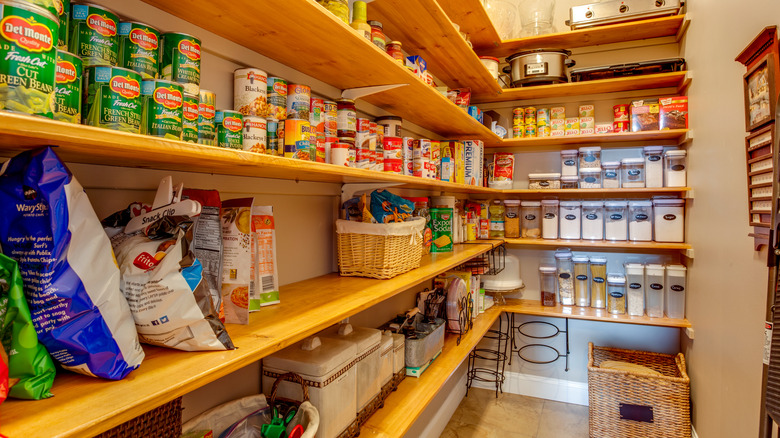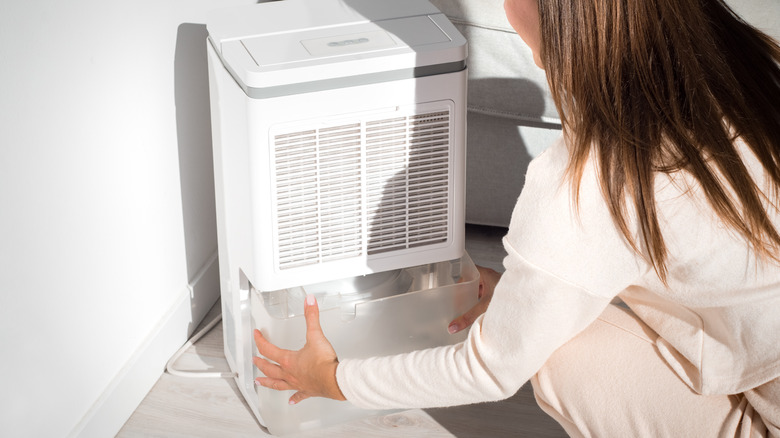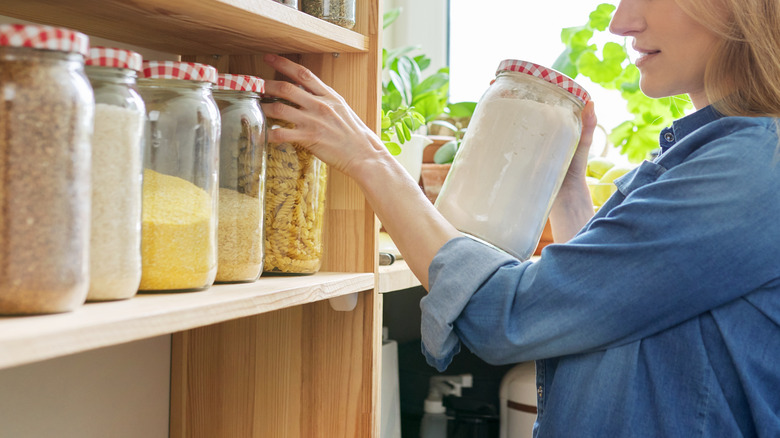Why You Should Consider Putting A Dehumidifier In Your Kitchen Pantry
A well-stocked pantry provides numerous benefits, including convenience, cost savings, and meal planning flexibility. However, it's easy to overlook the importance of maintaining ideal humidity levels in the pantry. Humidity plays a significant role in determining the longevity and quality of the food items stored within. This is where a dehumidifier can prove to be a game-changer.
Maintaining proper humidity levels in the pantry is crucial for several reasons. For instance, excessive moisture in the air can accelerate food spoilage by promoting the growth of mold, mildew, and bacteria. These unwelcome intruders compromise the taste and quality of your pantry staples and pose potential health risks.
When food items are exposed to too much moisture, they can clump together, get hard, or become unusable. This can lead to throwing groceries in the trash and spending money to replace the items. Placing a dehumidifier in the pantry can be a smart move to combat these issues, ensuring the longevity and freshness of your pantry goods and stretching your grocery budget a little further.
Advantages of a pantry dehumidifier
It's crucial to maintain appropriate humidity levels in your pantry to avoid food waste and save money on groceries in the long run. When there's a lot of moisture in the air, whether due to the environment or activity in the kitchen like boiling water and washing dishes, it can cause organic matter to break down quickly, resulting in staleness, spoilage, and loss of flavor. Installing a dehumidifier can reduce humidity levels and prolong the freshness, taste, and nutritional benefits of pantry essentials like cereals, grains, spices, and snacks.
Damp environments can easily foster mold and mildew growth, which can compromise the quality of food and pose health risks. Maintaining proper humidity levels can prevent the growth and spread of these harmful organisms. Pantries with high humidity levels are also susceptible to infestations by pests and insects, including ants, cockroaches, and weevils. These pests are attracted to moisture-rich environments and can contaminate your stored food items. Utilizing a dehumidifier can make the pantry less inviting to these unwanted visitors.
Effectively lowering pantry humidity
Position the dehumidifier in a central location within your pantry. Keep it away from obstructions such as walls or shelves to allow proper air circulation. Consider elevating it to maximize airflow. Follow the manufacturer's instructions for cleaning the filter and emptying the water tank. A clean dehumidifier functions more efficiently and prevents the buildup of mold or bacteria. Set the desired humidity level on your dehumidifier based on the recommended range for pantry storage. Typically, a humidity level of around 50–55% is suitable for most pantry items.
In conjunction with using a dehumidifier, you can implement additional strategies to effectively control humidity in your kitchen pantry. For instance, installing vents or using a fan can promote air circulation to prevent the buildup of moisture and stagnant air. Store items prone to moisture absorption, such as flour, sugar, and spices, in airtight containers, to prevent moisture from entering and keep the items fresh for longer. Since high temperatures can increase humidity levels, aim for a cool, consistent temperature to help control moisture.


